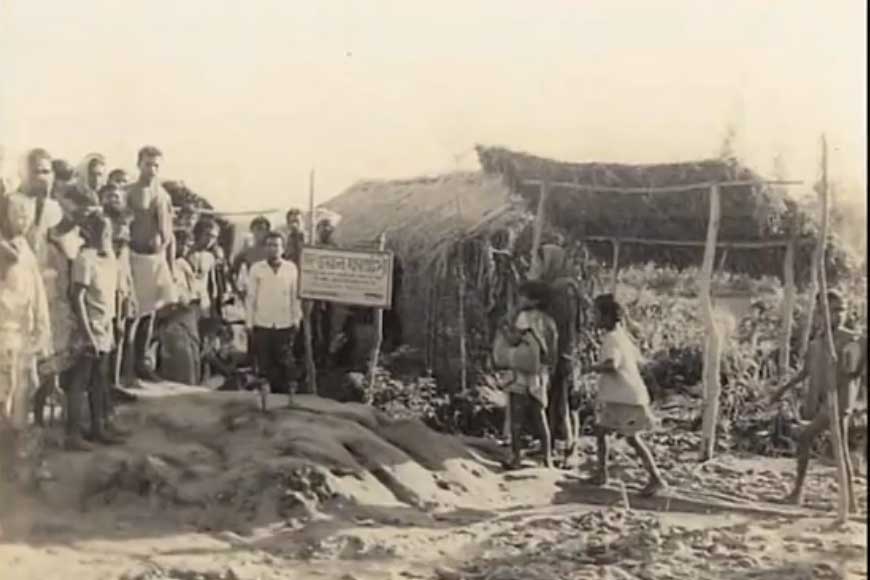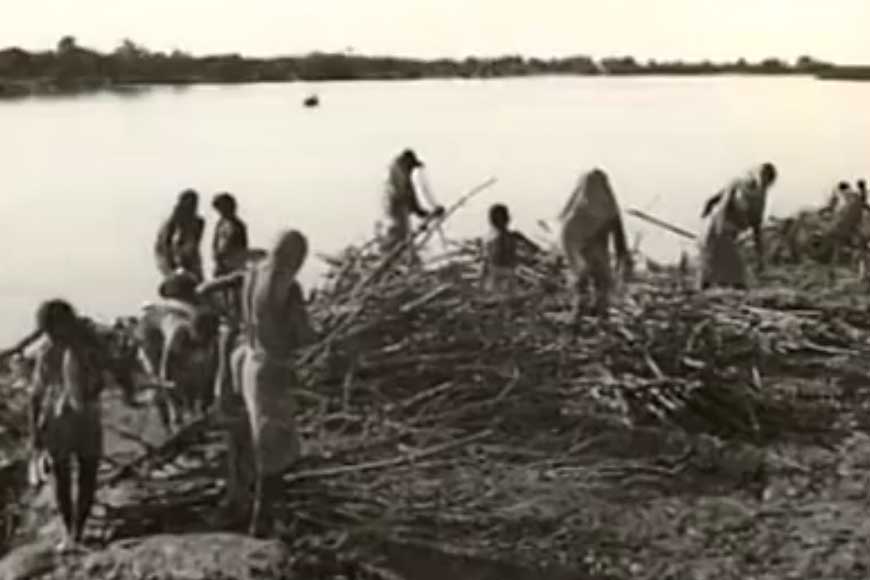Revisiting refugees of Marichjhapi as Bengal gives land rights to 12k refugees

It was indeed a terrible saga in the political history of West Bengal, much macabre than the pangs of partition that Bengal had seen in 1947. Nearly 1,700 refugees from East Pakistan were massacred by police and communist cadres during Jyoti Basu’s rule in Bengal. Worse still, not a single person was held accountable for one of the worst massacres of human lives in independent India. Thanks to the Mamata Banerjee government atleast 12,000 refugees in different refugee colonies living still as refugees in their own country were handed land rights. The land where they lived for more than 50 years, yet they were ‘none.’
Now the official documents will help these families have a proof that they also have rights. It was around 40 years ago that many such refugees were murdered in cold-blood, in a pre-planned and horrendous massacre, that many of us choose to forget. These Marichjhapi refugees primarily belonged to the Namasudra caste and fled the difficult terrain of Dandakaranya to settle on this Sunderban island.
The arrival of these refugees some years after 1947 turned into a rehabilitation crisis. They were mainly agriculturists, small traders and artisans and were residents of Khulna and Jessore. They fled East Pakistan in fear of being massacred, little knowing they would face the same fate right here in West Bengal. They were given no rights, not even recognized as part of this nation.

The government of India conceived of the Dandakaranya rehabilitation plan in early 1956. Subsequently, the Dandakaranya Development Authority was set up to oversee the entire process. Spread across the states of Madhya Pradesh, Orissa, Maharashtra and Andhra Pradesh, Dandakaranya was a vast area of primeval forests, uneven rainfall and stony land inhabited by Adivasis like the Bonda, Gond and Bhil people, to name a few. Resettling refugees there, originating from riverine East Pakistan, with its abundant rainfall and alluvial rich land, was definitely a disastrous decision. Quite naturally, many of these refugees who could not live in the complete unlivable conditions of Dandakaranya, moved to Marichjhapi in the Sundarbans.
In 1977, the Left Front government came to power, and the refugees were hopeful that the new popular government who had always espoused the refugee’s cause would help them. Many families in 1978 sold their belongings and left Dandakaranya. But by then Left Front government changed their policy and asked these settlers to go back to Dandakaranya, which they refused. Many were forcibly sent back but around 5,000 Namasudra refugee families under the leadership of Satish Mandal, president of the Udbastu Unnayanshil Samiti, set sail to relocate in Marichjhapi. Initially the Left Front govt. did not stop them despite knowing this island was a protected land under mangrove vegetation.
On January 26, 1979, India’s Republic Day, then Left Front chief minister Jyoti Basu announced an economic blockade of Marichjhapi. Thirty police launches surrounded the island; the refugees were tear-gassed, their huts, fisheries and tube-wells destroyed. Those who tried to cross the river in makeshift boats were shot at. The refugees, armed with carpentry tools and makeshift bows and arrows, were no match for the armed government forces. A conservative estimate gave the dead as several hundreds of men, women and children who died either through starvation or were shot at and their bodies thrown into the Raimangal river. Marichjhapi became out of bounds to visiting journalists, opposition politicians and even a Parliamentary Committee, who came to investigate police atrocities, faced harassment at the hands of the Forest Department officials.
The violence around Marichjhapi was more than the annihilation of a people whom the state had disowned. However, thanks to chief minister Mamata Banerjee we can now hope that a repeat of Marichjhapi will never occur again in Bengal.









